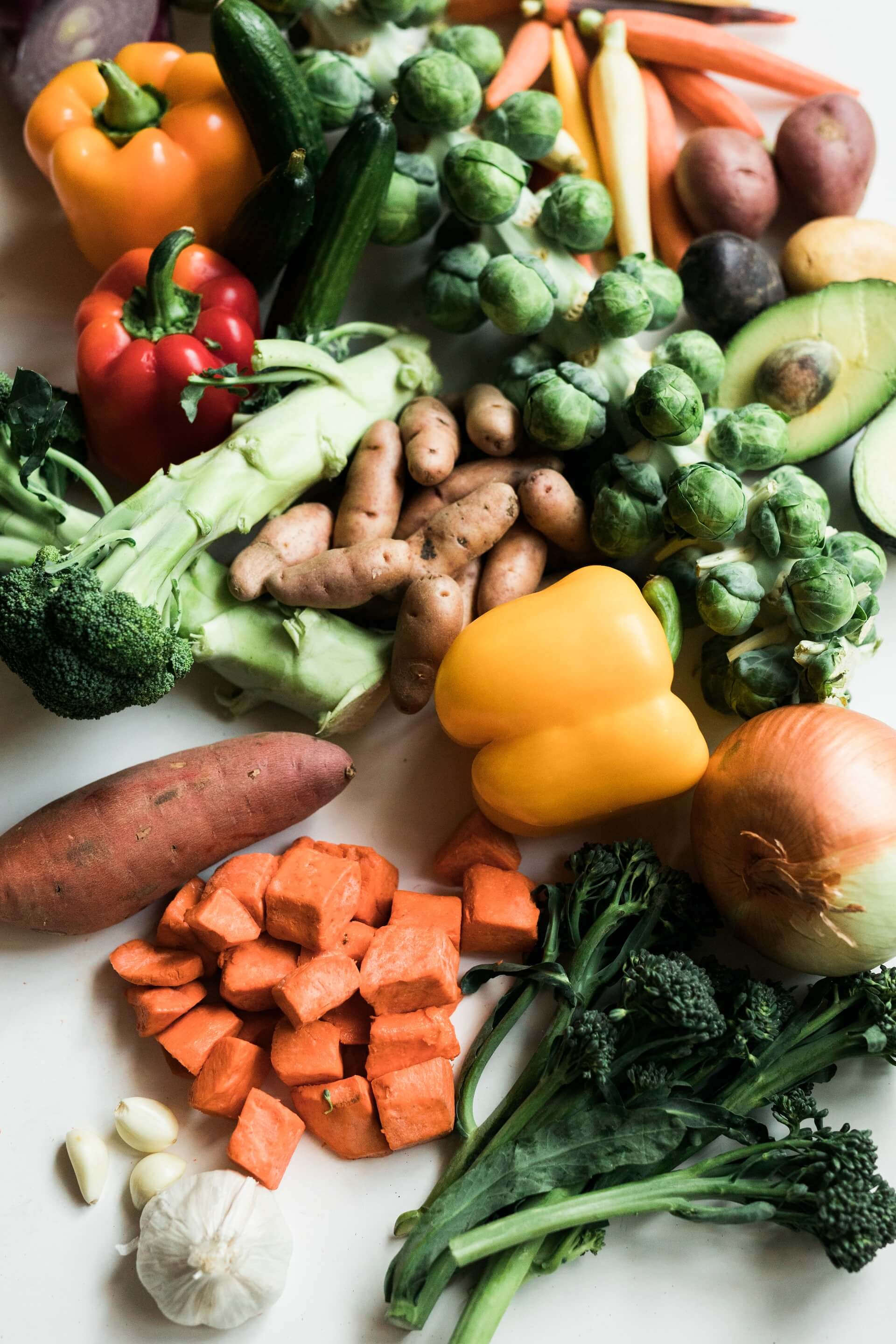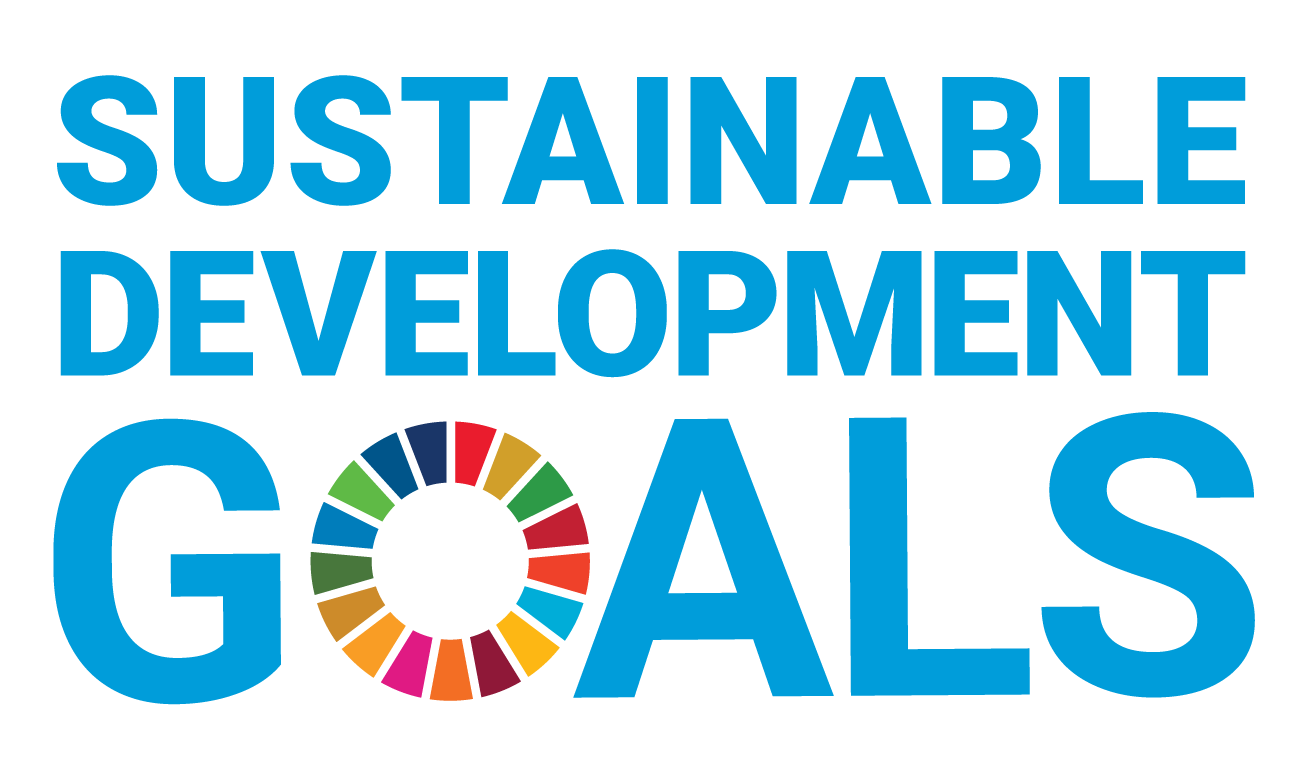You can search for courses, events, people, and anything else.
With its rich soils, clean air and water, Tasmania has ideal agricultural conditions and is sometimes referred to as the ‘Food Bowl of Australia’. The island is a utopia for food lovers, renowned for its quality meats, wines, fruit and vegetables. Its second city, Launceston was designated a ‘City of Gastronomy’ by UNESCO in 2021.
Despite this bounty, about one in four Tasmanians struggled to put healthy, nutritious food on the table during the pandemic, as Katherine Kent, a lecturer at Western’s School of Health Sciences, and her collaborators discovered during a recent survey.
“Tasmania is a very large food producing state,” says Kent. “But that doesn’t mean people living there have access to that healthy food.”
Need to know
- Food security is defined as the capacity to put healthy, nutritious food on the table every day.
- COVID-19 raised the number of food insecure households in Tasmania to 26%, up from pre-pandemic levels of just 6%.
- Food insecurity remains high, but investing in sustainable community-based solutions can help alleviate the situation.
Food on the Table
Kent, a nutritionist by training, began studying the issue of food security a few years back while working at the University of Tasmania’s Centre for Rural Health. Food security, says Kent, boils down to a single question: “Do people have the capacity to put healthy food on the table every day?”
It is a fundamental human right, she says, yet “even in a high-income country like Australia, we have problems with food insecurity.”
Before the pandemic, an estimated 6% of Tasmanian households were considered food insecure — a level similar to the national average in Australia and in other developed nations. But when COVID-19 hit, Kent and her colleagues at the University of Tasmania were curious to find out how people’s food purchasing and eating patterns had shifted.
To study this, Kent partnered with The Tasmania Project to create a set of survey questions and invited people to send in their answers online, promoting the questionnaire via social media and various community groups. The response they received was encouraging, with more than 1,000 people participating between May and June 2020.
Unprecedented Highs
The findings, however, were concerning. “Our analysis at the beginning of COVID-19, during the first Australian lockdown period, showed that 26% of households in Tasmania were food insecure,” says Kent, who continued working on the project after she moved to Western at the beginning of 2021. Of this group, 14% regularly went without food.
Certain people, they found, were at a particularly high risk of food insecurity. These included people living with a disability, families with dependents, and people living in rural areas. Those between 18 and 25 were also more likely to face difficulties sourcing healthy food.
The strongest predictor of food insecurity, however, was a reduction in household income. When earnings were slashed by more than a quarter, for instance, the odds of food insecurity doubled. “This wasn’t just limited to those in economically vulnerable households,” says Kent, “but a loss of income at any level above 25%.”
This translates to families consuming fewer fresh foods, such as fruit and vegetables, says Kent’s collaborator, Sandra Murray, a nutritionist and dietitian at the University of Tasmania. “What usually happens is that people start to rely on tummy fillers, for example lots of bulky, highly-processed foods such, as pasta and rice.”
She recalls meeting an unemployed parent with two young children, who was struggling to make ends meet after their partner died. “The parent was relying on getting hampers of pies and pastries from the local bakery so that their children could take lunch to school and seem normal,” says Murray.
Kent chimes in with another story of a parent who admitted to eating less on most days “so the kids can have more,” as well as another who said her family began skipping one meal a day, up to five times a week, when COVID-19 hit.
“In the short term, it’s probably fine,” says Murray. “But in the long run, you’re going to become malnourished, and you can get quite sick, if you miss out on your core food groups.”
Food insecurity doesn’t just cause people to suffer physically, but mentally as well due to “that feeling of inadequacy and the stigma of having to rely on charity” she adds.
In 1948, Australia was one of the first countries to sign the United Nations’ Universal Declaration of Human Rights — a historic agreement outlining the rights and freedoms all people are entitled to and was enshrined in law. “The right to food access is one of those rights,” says Murray. “So people should have dignity and be self-sufficient and able to make their own choices about how they access food.”
Lingering Effects
To understand what food security looked like on the ground level, the researchers dug deeper into their findings. Apart from having less money available for food and consuming less fresh produce, food insecure households also reported finding it more difficult to get to the shops and shopping less frequently due to the restrictions in place and a lack of transport options.
When they did make it to the supermarkets, they noticed there were fewer food choices and that what was offered was “of a much poorer quality and that it went off more quickly,” says Kent. Consequently, families were less likely to have food stored at home and roughly 40% of respondents said they had begun growing more of their own food.
When the team repeated the survey a few months later, in September 2020 and May 2021, they found that food insecurity levels dipped — but only slightly to 20% and 23%, respectively. “We thought it was going to return to pre-COVID levels after the restrictions started easing, but that wasn’t the case,” says Kent.
This partly coincided with the government withdrawing some financial support, including the JobKeeper and JobSeeker Payments. But nonetheless, the prevalence of food insecurity has “remained very, very high, and that’s a worry,” says Murray.
Towards Food Resilience
One piece of good news, however, is that their report appears to be making waves. The team’s findings were included in the World Health Organization’s recent call for governments to address the social determinants of health. Closer to home, the research has informed multiple reports to the Tasmanian Premier’s Economic and Social Recovery Advisory Council. It was cited in the state’s 2021–2024 food security strategy Food Relief to Food Resilience.
“We believe this research added evidence the state government could not ignore, and led it to act on the issue,” says Charlie Burton, a policy manager at the Tasmanian Council of Social Service (TasCOSS). “It’s been crucial to the advocacy work that TasCOSS and other stakeholders have done in the last 18 months on food insecurity in Tasmania, and really highlighted the scale of the issue and the groups most at risk of experiencing this.”
Importantly, the team’s research has helped increase funding for emergency food relief, as well as for more sustainable long-term solutions, such as community-based gardens, food hubs, social enterprises and other initiatives.
“There are a lot of problems with the emergency food relief sector,” explains Kent. For instance, people can feel embarrassed to use such services, with only 5% of food insecure Tasmanians doing so, preferring instead to buy food on credit or to borrow from family and friends.
Another reason to tackle food insecurity is that it will also help address its
underlying cause. “Food insecurity is really a proxy for poverty and economic hardship, as well as other factors like housing stress,” says Murray.
“If we can address those root issues to do with the social determinants of health, then we can enact change for food security,” says Kent.
“I think we can absolutely end hunger in Australia.”
Meet the Academic | Dr Katherine Kent
Katherine is a public health nutritionist and lecturer in Public Health who has been recognised nationally as having expertise in measuring household food security and rural nutrition research. Katherine is passionate about investigating the impact of food insecurity on diet and health related outcomes in various priority populations across Australia, including in rural regions, in student and young adult populations and other vulnerable groups.
Katherine’s work documenting the prevalence and experiences of food insecurity in Australia addresses the insufficient progress related to United Nations Sustainable Development Goal 2 ‘Zero Hunger’. Of note, Katherine is an investigator of The Tasmania Project, which has documented the impact of COVID-19 on the prevalence of food insecurity in Australia and developed recommendations for building a resilient food system in Australia. Katherine’s research has informed state and international policy documents related to food security, and supported program funding for a range of community-based solutions to food insecurity in Australia.
Katherine (co)-authored over 40 high-quality journal articles, in addition to book chapters and contract reports that have collectively been cited 900 times. Katherine has been awarded over $750,000 in direct research funding as Chief or Associate Investigator from philanthropic organisations and contract research grants, in addition to over $11,000 in travel grants.
Credit
Future-Makers is published for Western Sydney University by Nature Research Custom Media, part of Springer Nature.
© nadia_bormotova/iStock/Getty; Mariusz Prusaczyk/Alamy Stock Photo
© Green Eyes/Alamy Stock Photo
© Eiliv Aceron/Unsplash
© Nathan Dumlao/Unsplash
© CA Creative/Unsplash
© Mae Mu/Unsplash
© Kelcie Herald/Unsplash

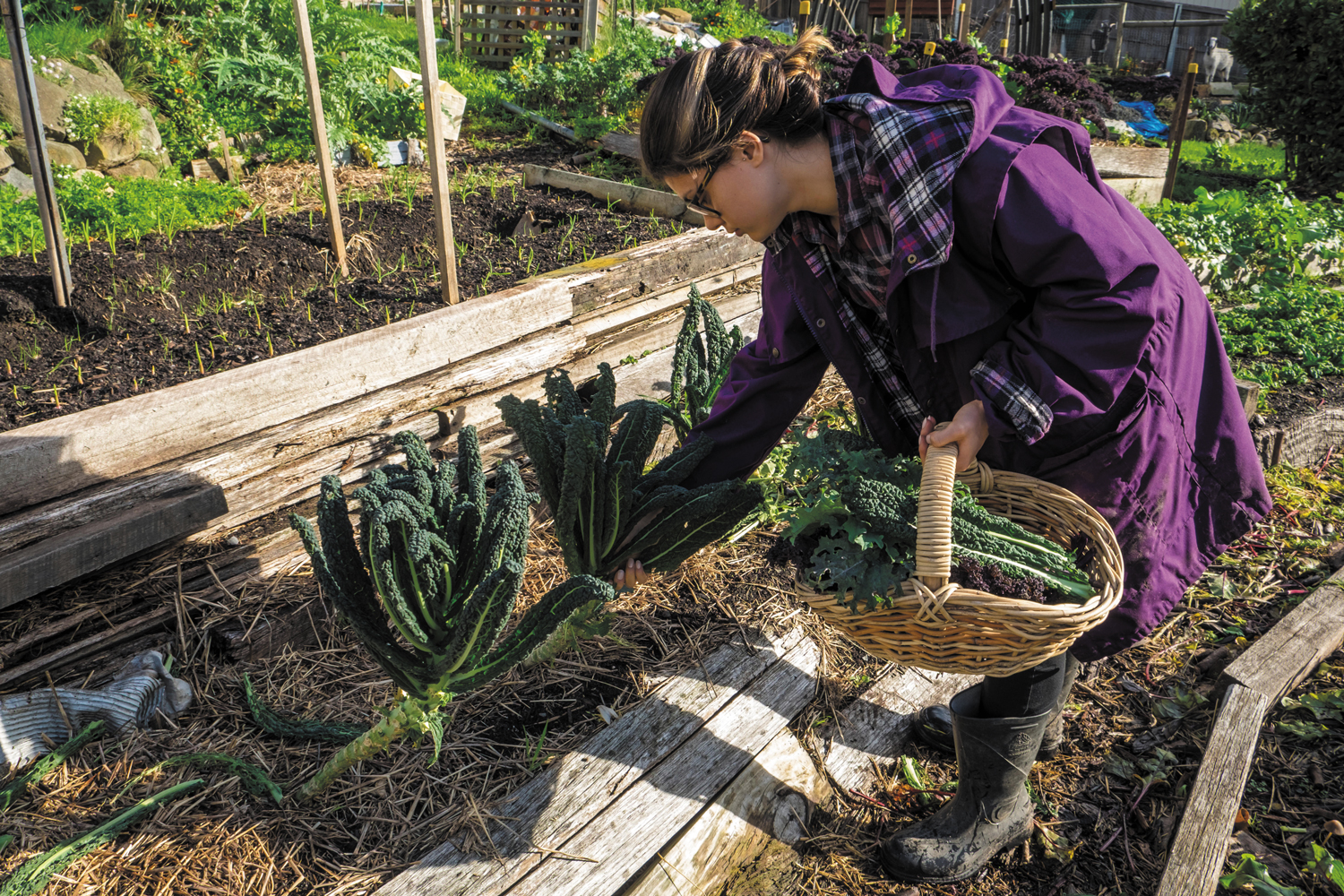
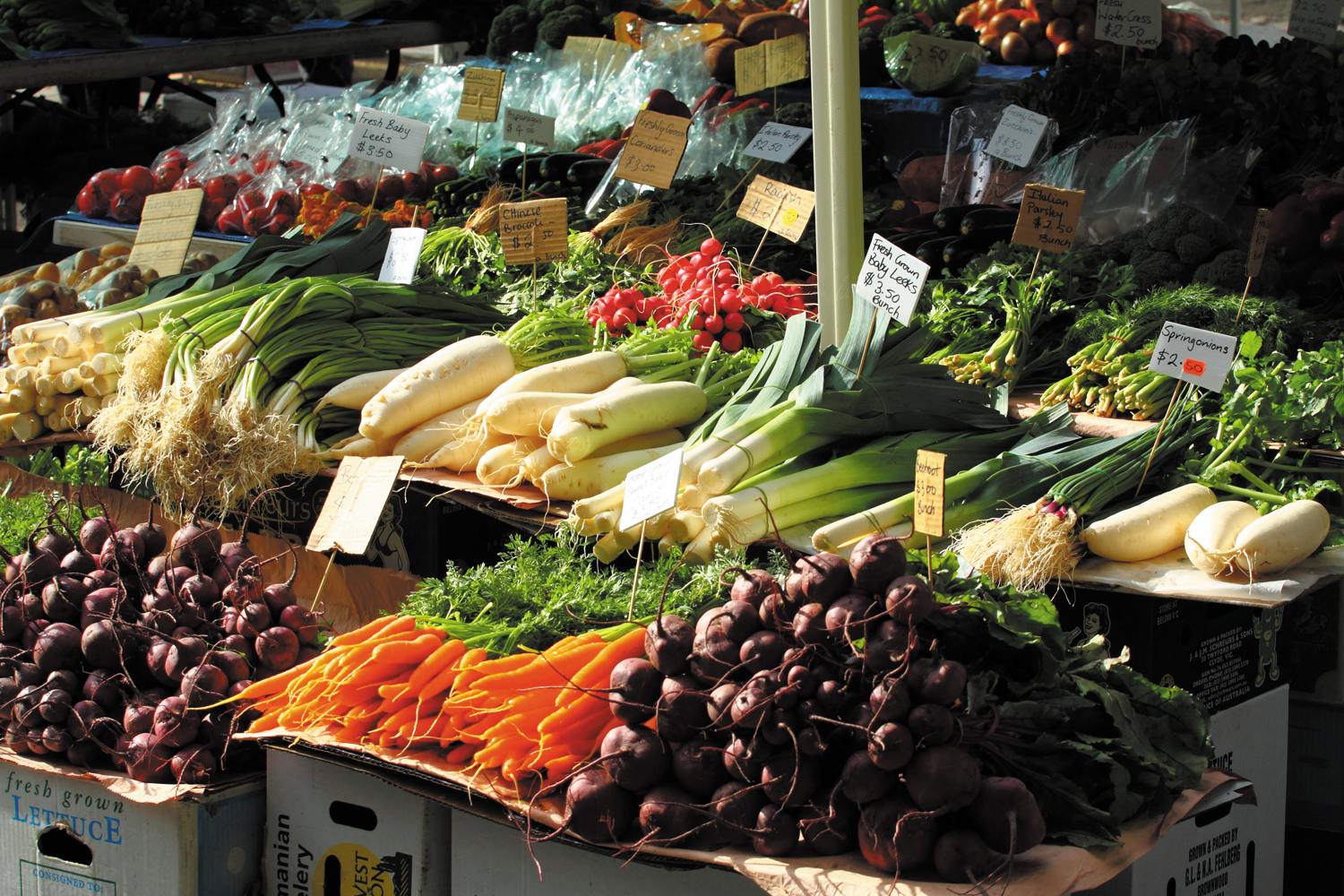
.jpg)
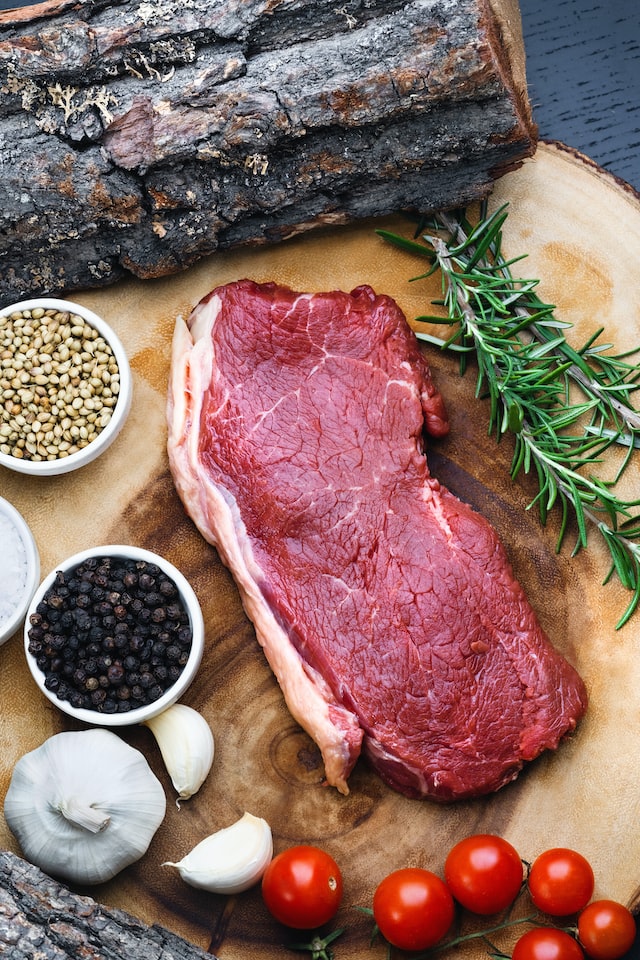
.jpg)
.jpg)
